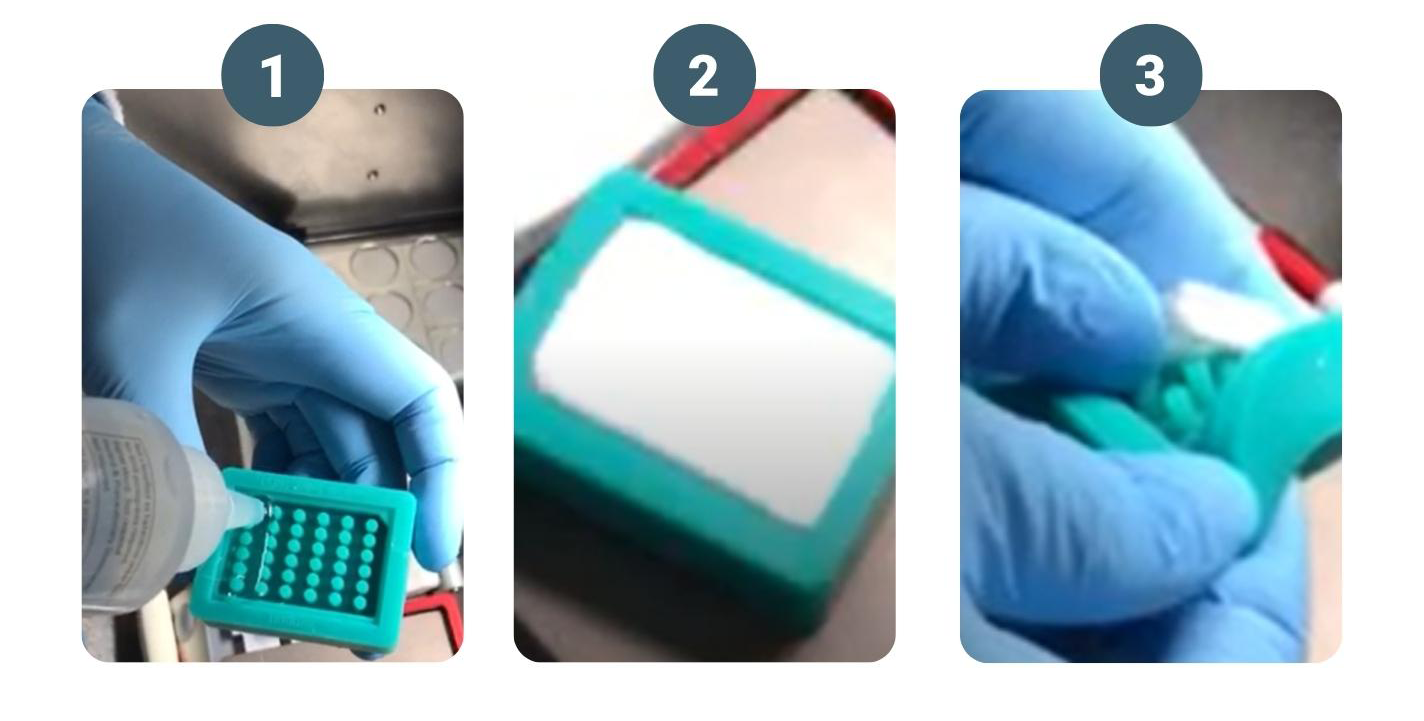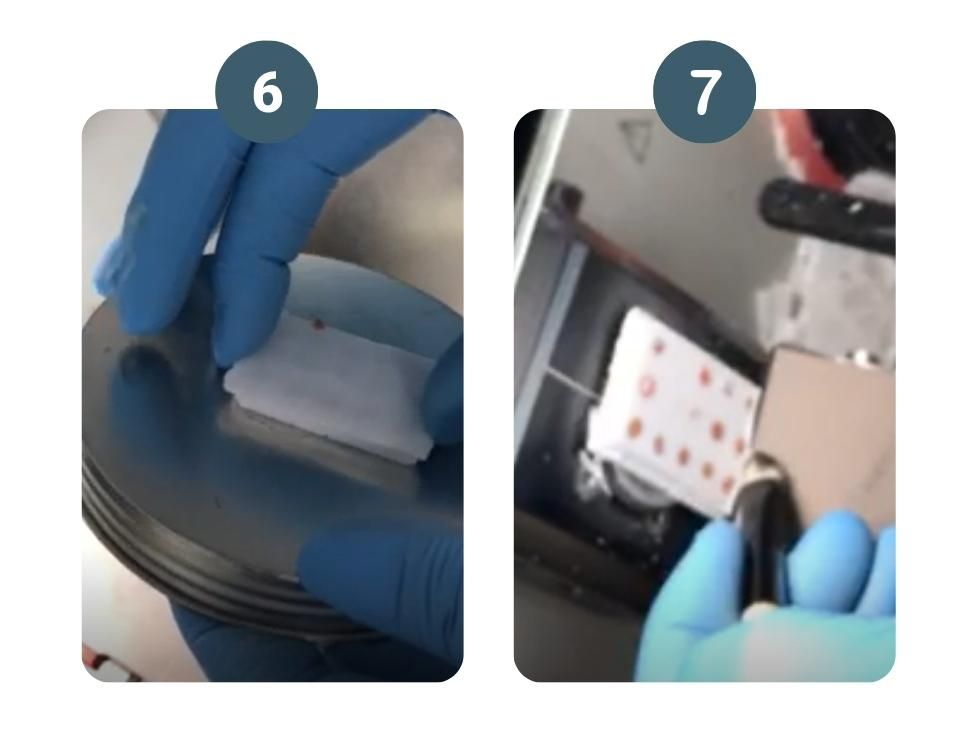1-800-464-1723
Menu
- Products
- Histology
- Cytology Funnels
- Cryopreservation
- PCR
- Microcentrifuge & Centrifuge Tubes
- Microcentrifuge & Centrifuge Tubes
- Centrifuge Tubes
- Snap Cap Micro Tubes
- Screw Cap MicrewTube®
- Assembled Screw Cap MicrewTube®
- SnapTwist™ MicrewTube®
- Tubes & Vials
- Bottles, Containers & Sterile Bags
- Microbiology & General Labware
- Deep Well Plates & Cluster Tubes
- Deep Well Plates & Cluster Tubes
- Deep Well Plates
- Reagent Reservoirs
- Cluster Tubes & Closures
- Sealing Accessories
- Racks & Storage Boxes
- Literature
- Certificates
- Videos
- FAQ
- Contact

 Who moved my microcentrifuge tube? (and my PCR tubes)
Who moved my microcentrifuge tube? (and my PCR tubes)
 Follow Simport technological breakthrough in immunofluorescence: The StainTray
Follow Simport technological breakthrough in immunofluorescence: The StainTray
 Pasteur pipets or transfer pipets?
Pasteur pipets or transfer pipets?
 Introducing High-Density Polyethylene (HDPE)
Introducing High-Density Polyethylene (HDPE)
 General
General
 Applications
Applications





